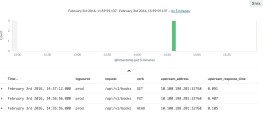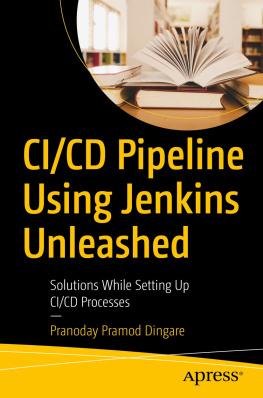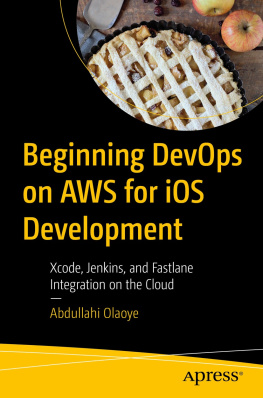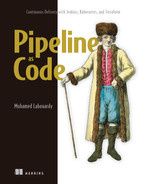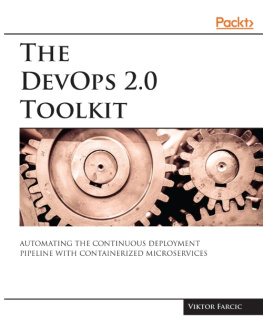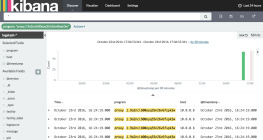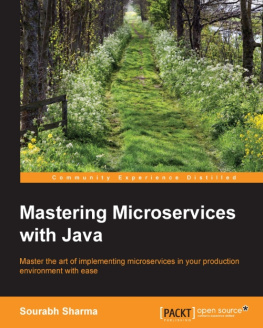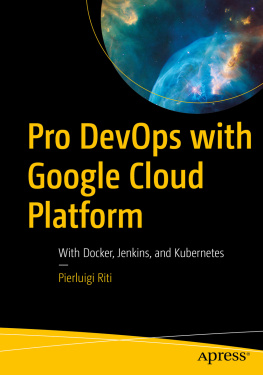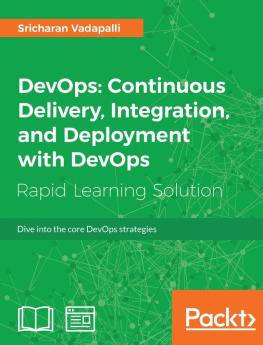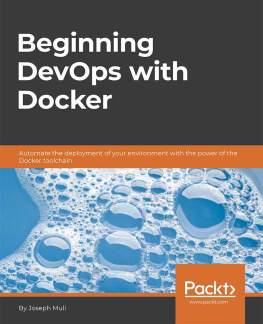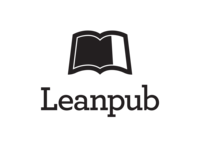This is a Leanpub book. Leanpub empowers authors and publishers with the Lean Publishing process. Lean Publishing is the act of publishing an in-progress ebook using lightweight tools and many iterations to get reader feedback, pivot until you have the right book and build traction once you do.
Preface
I started my career as a developer. During those early days, all I knew (and thought I should know) was to write code. I believed that a great software designer is a person that is proficient in writing code and that the path to the mastery of the craft was to know everything about a single programming language of choice. Later on, that changed and I started taking an interest in different programming languages. I switched from Pascal to Basic and then ASP. When Java and, later on, .Net came into existence, I learned benefits of object oriented programming. Python, Perl, Bash, HTML, JavaScript, Scala Each programming language brought something new and taught me how to think differently and how to pick the right tool for the task at hand. With each new language I learned, I felt like I was closer to being an expert. All I wanted was to become a senior programmer. That desire changed with time. I learned that if I was to do my job well, I had to become a software craftsman. I had to learn much more than to type code. Testing became my obsession for some time, and now I consider it an integral part of development. Except in very special cases, each line of code I write is done with test-driven development (TDD). It became an indispensable part of my tool-belt. I also learned that I had to be close to the customer and work with him side by side while defining what should be done. All that and many other things led me to software architecture. Understanding the big picture and trying to fit different pieces into one big system was the challenge that I learned to like.
Throughout all the years Ive been working in the software industry, there was no single tool, framework or practice that I admired more than continuous integration (CI) and, later on, continuous delivery (CD). The real meaning of that statement hides behind the scope of what CI/CD envelops. In the beginning, I thought that CI/CD means that I knew Jenkins and was able to write scripts. As the time passed I got more and more involved and learned that CI/CD relates to almost every aspect of software development. That knowledge came at a cost. I failed (more than once) to create a successful CI pipeline with applications I worked with at the time. Even though others considered the result a success, now I know that it was a failure because the approach I took was wrong. CI/CD cannot be done without making architectural decisions. Similar can be said for tests, configurations, environments, fail-over, and so on. To create a successful implementation of CI/CD, we need to make a lot of changes that, on the first look, do not seem to be directly related. We need to apply some patterns and practices from the very beginning. We have to think about architecture, testing, coupling, packaging, fault tolerance, and many other things. CI/CD requires us to influence almost every aspect of software development. That diversity is what made me fall in love with it. By practicing CI/CD we are influencing and improving almost every aspect of the software development life cycle.
To be truly proficient with CI/CD, we need to be much more than experts in operations. The DevOps movement was a significant improvement that combined traditional operations with advantages that development could bring. I think that is not enough. We need to know and influence architecture, testing, development, operations and even customer negotiations if we want to gain all the benefits that CI/CD can bring. Even the name DevOps as the driving force behind the CI/CD is not suitable since its not only about development and operations but everything related to software development. It should also include architects, testers, and even managers. DevOps was a vast improvement when compared to the traditional operations by combining them with development. The movement understood that manually running operations is not an option given current business demands and that there is no automation without development. I think that the time came to redefine DevOps by extending its scope. Since the name DevOpsArchTestManageAndEverythingElse is too cumbersome to remember and close to impossible to pronounce, I opt for DevOps 2.0. Its the next generation that should drop the heavy do-it-all products for smaller tools designed to do very specific tasks. Its the switch that should go back to the beginning and not only make sure that operations are automated but that the whole system is designed in a way that it can be automated, fast, scalable, fault-tolerant, with zero-downtime, easy to monitor, and so on. We cannot accomplish this by simply automating manual procedures and employing a single do-it-all tool. We need to go much deeper than that and start refactoring the whole system both on the technological as well as the procedural level.
Overview
This book is about different techniques that help us architect software in a better and more efficient way with microservices packed as immutable containers, tested and deployed continuously to servers that are automatically provisioned with configuration management tools. Its about fast, reliable and continuous deployments with zero-downtime and ability to roll-back. Its about scaling to any number of servers, design of self-healing systems capable of recuperation from both hardware and software failures and about centralized logging and monitoring of the cluster.
In other words, this book envelops the whole microservices development and deployment lifecycle using some of the latest and greatest practices and tools. Well use Docker, Kubernetes, Ansible, Ubuntu, Docker Swarm and Docker Compose, Consul, etcd, Registrator, confd, Jenkins, and so on. Well go through many practices and, even more, tools.
Finally, while there will be a lot of theory, this is a hands-on book. You wont be able to complete it by reading it in a metro on a way to work. Youll have to read this book while in front of a computer getting your hands dirty. Eventually, you might get stuck and in need of help. Or you might want to write a review or comment on the books content. Please post your thoughts on the The DevOps 2.0 Toolkit channel in Disqus. If you prefer one-on-one discussion, feel free to send me an email to viktor@farcic.com, or to contact me on HangOuts, and Ill give my best to help you out.
Audience
This book is for professionals interested in the full microservices lifecycle combined with continuous deployment and containers. Due to the very broad scope, target audience could be architects who want to know how to design their systems around microservices. It could be DevOps wanting to know how to apply modern configuration management practices and continuously deploy applications packed in containers. It is for

